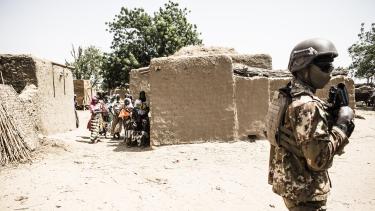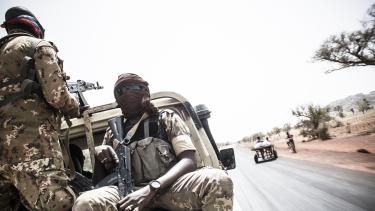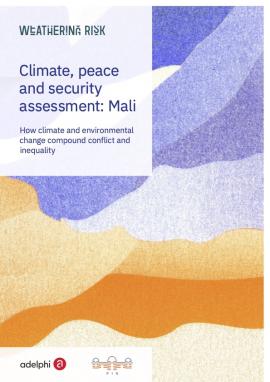Mali - How climate and environmental change compound conflict and inequality
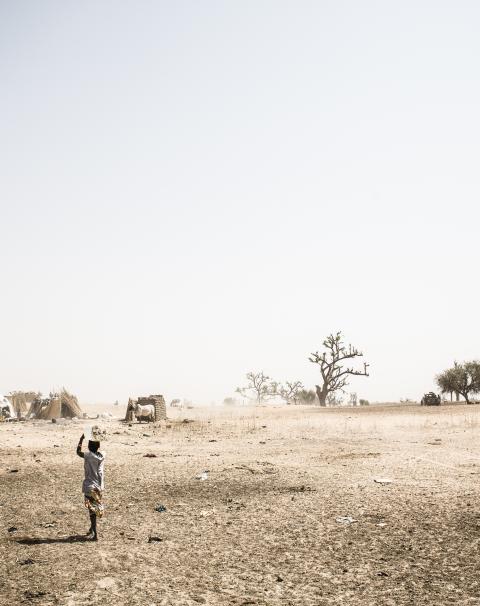
Mali is experiencing both rising insecurity and significant impacts of man-made climate and environmental change.
Climate, peace & security assessment: Interview locations in Mali
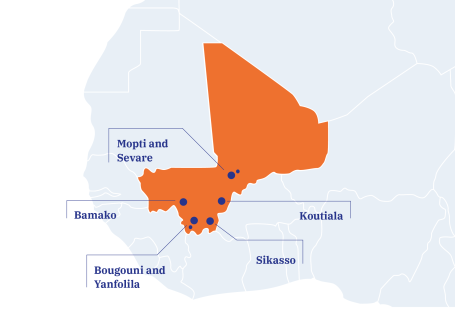
Particularly since the 2010s, Mali has experienced armed conflict between the government, jihadi, and other armed opposition groups.
Outside attention has tended to focus on political and security developments in the wake of a military coup in August 2020, including the withdrawal of European troops from counter-terrorism and peace operations.
However, the country also experiences wider political, economic, and social challenges.
Poor governance and structural socio-economic exclusion and marginalisation play an important role in current conflict dynamics.
Meanwhile, climate change is putting additional pressure on Malians, particularly those who rely on natural resource-based livelihoods.
Rainfall has become more variable and unpredictable, with more intense storms.
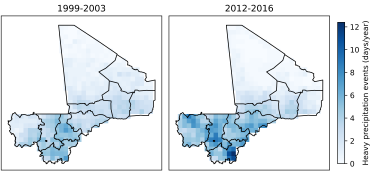
Average number of days with heavy precipitation events annually in Mali between 1999–2003 and 2012–2016
(own calculations based on the EWEMBI dataset)
“Before the rains would come on time in June and we would start to plant… but now it comes late and when it comes it is strong, which destroys the crops.”
In the future, temperatures are expected to increase dramatically, especially if the targets of the Paris Agreement are not met.
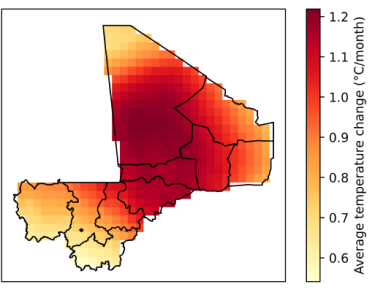
Change in 31-year average temperature since the beginning of the 20th century in Mali (change between 1901-1931 and 1990-2020 averages, own calculations based on the Climatic Research UNIT Time-Series version 4.05 dataset, for more information see Annex 1)
© Tomalka et al. 2020
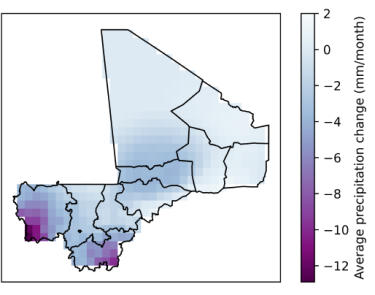
Change in 31-year average precipitation levels since the beginning of the 20th century in Mali (change between 1901- 1931 and 1990-2020 averages, own calculations based on the Climatic Research UNIT Time-Series version 4.05 dataset, for more information see Annex 1).
© Tomalka et al. 2020
“The times are really hard in this country these days... Everyone thinks they suffer the most. The pastoralists think they suffer the most, the farmers think they suffer the most, the fishers think they suffer the most and everyone looks for a solution.”
The combined impacts of conflict and climate change are changing livelihoods, often in ways that weaken social bonds.
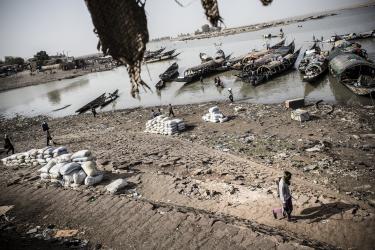
One way this manifests is as increased competition over natural resources.
Interview with lead author, Chitra Nagarajan
Natural resource conflicts are increasing and take different forms:
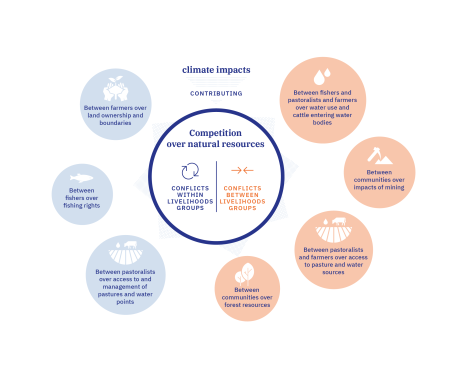
In addition to driving conflicts, pressure on natural resources is leading more and more Malians to diversify their livelihoods. Opportunities for exchange disappear, weakening social cohesion between groups.
The combined impacts of climate change and conflict widen already existing inequalities, creating a vicious cycle. Disenfranchised groups, such as women and young people, have fewer adaptation strategies available. Climate insecurity also increases levels of gender-based violence.
Related grievances drive conflict dynamics; armed opposition groups exploit tensions to recruit members and gain legitimacy.
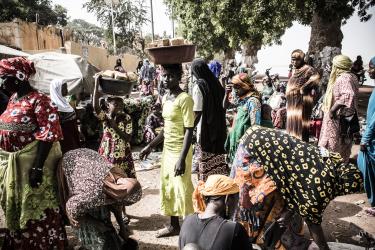
“Many have joined the jihadists because they protect the environment for themselves ...[and for] revenge against the administration of repression.”
The future of Mali depends on tackling the compound challenges of
climate and environmental change, conflict and inequalities together.


